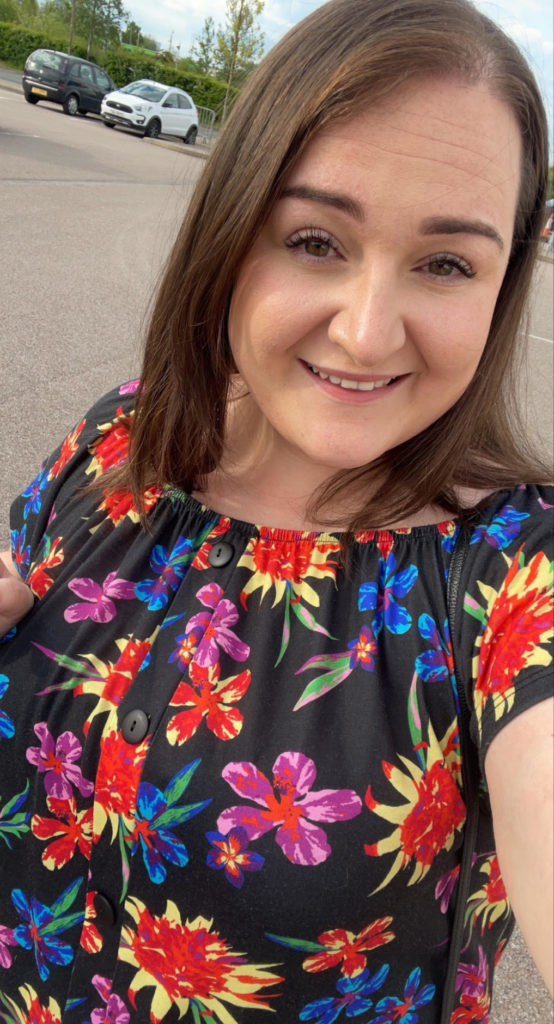To mark Global Accessibility Awareness Day today (19 May), disability charity RNID has created easy to use online guides for how to use accessibility features on Microsoft Teams, Zoom and Google Meet, to ensure video calls are accessible for deaf people and people with hearing loss.
Video calls have become part of the regular rhythm of work for many of us in a post covid world. But do you know how to turn on automated captions, how to change the audio output for hearing aids or cochlear implants, or how to pin a BSL interpreter on a call? RNID has created easy to use online guides for the three most common platforms – Zoom, Microsoft Teams and Google Meet – to make accessibility common practice in all workplaces.
ACCESSIBILITY FEATURES
Whatever platform you use, video calls have become the norm for many UK workers over the last two years. Today Zoom averages 300 million daily meeting participants, and the number of daily users of Microsoft Teams has almost doubled from 2020 to 2021.
For the one in eight employees who are deaf or have hearing loss, video calls can present barriers – from colleagues talking over each other, to low lighting and distracting background noise. But there are built-in accessibility features which can make a big difference.
RNID’s guides outline what video-call hosts and participants can do to make meetings accessible. This includes how to turn on automatic captions or a transcription; how to add a notetaker or BSL interpreter to a call; and how to pin interpreters and other participants so they can be seen clearly. The guides also explore how participants can adjust settings on Zoom, Microsoft Teams or Google Meet to change the audio output for hearing aids or cochlear implants, or turn on noise cancellation.

REMOVING BARRIERS
Around one in eight employees in the UK are deaf or have hearing loss, and it’s vital employees and employers know how to use these accessibility features for video calls so that anyone with hearing loss can thrive at work and contribute fully to meetings.
“Our user guides clearly outline the accessibility features on Microsoft Teams, Google Meet and Zoom which will make your meetings inclusive for employees who are deaf or have hearing loss,” stated Claire Lavery, Associate Director for Employment at RNID. “We also recommend employers follow RNID’s tips for making meetings deaf aware, by speaking one at a time, muting yourself when you’re not speaking, and structuring your meetings clearly.”
The charity has worked closely with Microsoft to create their user guides. “Our mission is to empower everyone on the planet to achieve more and that includes the 12 million people in the UK who are deaf, have hearing loss or tinnitus,” explained Michael Vermeersch, Accessibility Product Marketing Manager at Microsoft. “Key to this is to ensure that our technology is accessible, and we are grateful that RNID is highlighting where our technology is removing barriers for people with hearing loss.”

ACCESSIBLE VIDEO CALLS
As an adviser and business founder Gideon Hoffman, founder of 4D and trustee at RNID, said he regularly use video calls across multiple platforms to meet with clients, businesses and partners. “As someone with severe hearing loss, captions are hugely helpful for me. Even when I don’t hear a word (sometimes because my seven-year-old has come to tell me something), I can always follow the conversation without needing to interrupt and distract others,” shared Hoffman.
“Yet I find that often captions are not turned on by the meeting host, who is unaware of how helpful they can be. RNID’s online guides are a brilliant resource for businesses to make sure they know how – in just a few seconds – they can make their video calls more accessible, so that people with hearing loss can fully participate. I really encourage everyone to change their settings so they can be turned on all the time, so there is no need for others to ask.”

SUPPORTIVE & ACCESSIBLE TOOLS
Twenty-eight year-old Stacey Worboys from Barry, who is deaf, shared how she uses a speech to text reporter or automated captions at work: “Since March 2020, all of my work meetings have been held on Microsoft Teams. For any big meetings, I will book a speech-to-text reporter to provide a live transcript of the meeting for me to follow but, if it’s a 1-1 meeting, I can rely on the automated captions and lipreading. I always tell people to make sure that their face is well lit so that I can see them clearly and to ensure that there is no distracting background noise. It really helps!”
Michael, 51, from Kilrea in Northern Ireland, who uses British Sign Language, also shared how he is using the new accessibility features at work. “I really like using Zoom for meetings as it’s very easy to pin an interpreter so that I can follow the meeting easily and contribute to the discussion,” he explained. My manager always sends an agenda to me and my interpreter beforehand which is really helpful. And they make sure everyone in the meeting speaks one at a time so I can follow. It’s great for sharing live documents too, as I can see the interpreter and speaker and follow the document at the same time.”

RNID’s free online guides to using accessibility features on video conferencing apps, alongside tips on how to make your meetings deaf aware, by clicking here.
To mark Global Accessibility Awareness Day today Business Disability Forum’s Technology Taskforce, is also sharing several new free resources to help organisations understand the benefits of accessibility. Click here to read more.







































